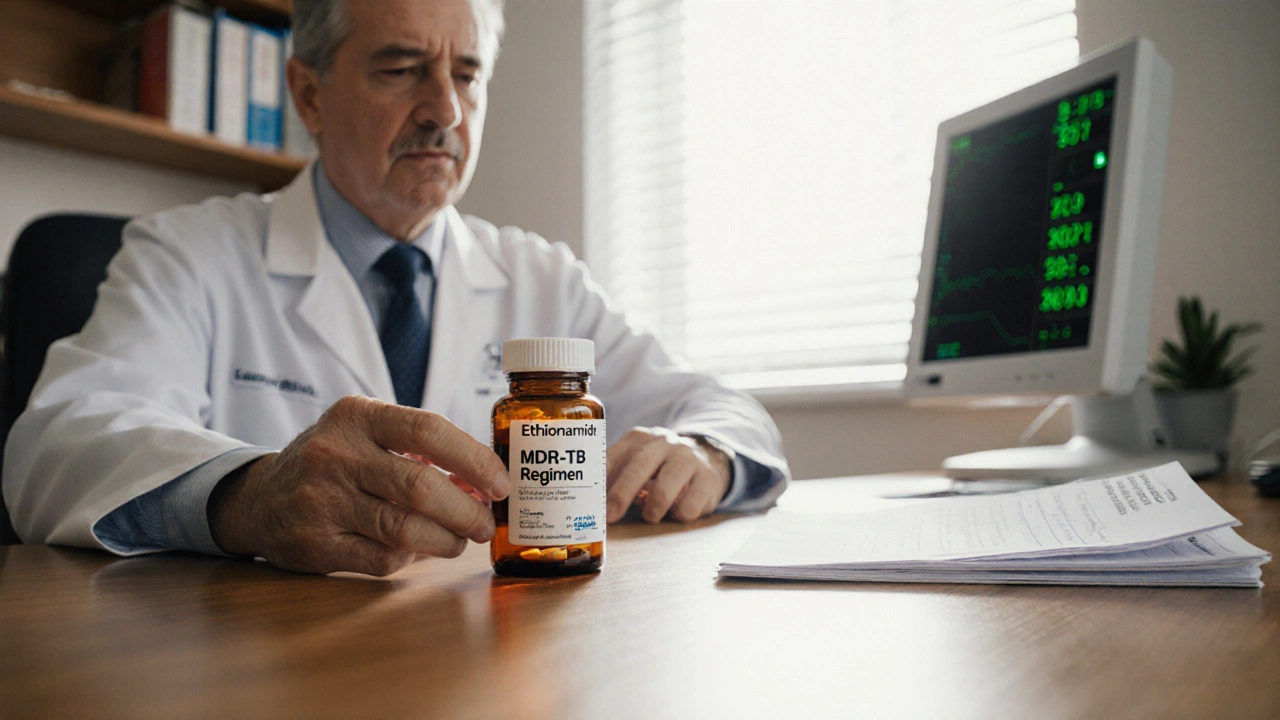TB Treatment Options – Your Guide to Effective Tuberculosis Therapy
When exploring TB treatment options, the range of medicines and strategies used to cure tuberculosis, it helps to understand the disease itself. Tuberculosis, a bacterial infection caused by Mycobacterium tuberculosis that mainly attacks the lungs demands a specific approach. Modern care relies heavily on a multi‑drug regimen, the combination of at least three antibiotics taken over several months to prevent relapse. For cases where the bacteria resist first‑line drugs, drug‑resistant TB, forms of the disease that do not respond to standard antibiotics additional drugs and longer courses become necessary. The global DOTS program, Directly Observed Treatment, Short‑course, a framework that ensures patients take their meds under supervision ties all these components together, boosting cure rates worldwide.
The backbone of any TB therapy is the first‑line antibiotic trio—isoniazid, rifampicin, and pyrazinamide—often joined by ethambutol during the intensive phase. This phase usually lasts two months and aims to slash the bacterial load fast. Once the load drops, patients move to the continuation phase, typically four to six months of isoniazid and rifampicin. Monitoring side effects like liver strain or vision changes is crucial; early detection keeps the regimen on track. Adherence, the habit of taking every dose at the right time, is the linchpin that turns a good plan into a cure. Skipping pills lets bacteria rebound, turning a curable infection into a chronic problem.
When the pathogen shows resistance to isoniazid or rifampicin, clinicians switch to second‑line agents such as fluoroquinolones, aminoglycosides, or newer players like bedaquiline and delamanid. These drugs are tougher on the body and need careful dosing, but they can salvage a treatment that would otherwise fail. Susceptibility testing—checking which drugs the bacteria still obeys—guides the exact combo, ensuring each pill adds value. Because resistance often stacks up, the regimen expands to five or six drugs, stretching the treatment to 18‑24 months. The goal remains the same: eradicate every surviving bacterium while limiting toxicity.
What’s coming up next
Beyond the meds, programmatic support makes the difference between success and relapse. DOTS observers watch patients swallow their pills, while digital tools now send reminders and record doses in real time. Education about nutrition, smoking cessation, and HIV co‑infection rounds out the care plan. Researchers are testing shorter, all‑oral regimens that could finish treatment in six months for many patients, promising less hassle and higher completion rates. Below you’ll find a curated collection of articles that break down each drug class, compare regimens, and explore the latest advances in TB care. Dive in to see how these ideas translate into everyday practice.

Ethionamide vs. Other TB Drugs: A Clear Comparison of Alternatives
Haig Sandavol Oct 12 6A concise guide comparing Ethionamide with key TB drug alternatives, covering mechanisms, dosing, side effects, and decision criteria for optimal treatment.
More Detail